Posted on
December 08, 2017 by
Coraline Huard
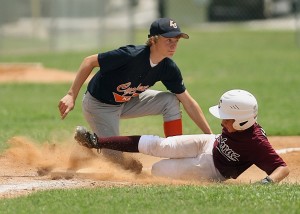 Without strong shoulders, it’s tough to excel on the baseball field. Whatever your level now, there’s room for improvement! Use these three baseball workouts to strengthen your shoulders for better fielding, hitting, pitching, and throwing potential.
Without strong shoulders, it’s tough to excel on the baseball field. Whatever your level now, there’s room for improvement! Use these three baseball workouts to strengthen your shoulders for better fielding, hitting, pitching, and throwing potential.
Understanding the Importance of Shoulder Strength for Baseball
Before we get into the exercises, let’s take a look at the mechanics of baseball. Shoulder strength, as it turns out, is essential for just about every move you make on the field. Flexibility is equally important, so don’t skimp on the stretching. Remember to warm up before every workout and game, too.
Start Every Baseball Workout with Arm and Shoulder Stretches
Before you start to stretch, spend a minute or so jogging. This warms up your entire body and increases your circulation, reducing the likelihood of injury. When you’re warmed up, you’re ready to stretch your arms and shoulders using slow, smooth motions while inhaling and exhaling deeply:
- Lock your elbows and hold your arms straight out in front of your body. Bring your shoulder blades together as you pull your arms straight back while keeping them elevated.
- Shrug your shoulders toward your ears, and then drop them back down into their natural position.
- Do shoulder circles by lifting your arms away from your sides so that your body looks like a big “T.” With your elbows locked and your arms parallel to the floor, make circular motions in a forward direction, beginning with large, loose circles and gradually decreasing the size of the circles. Do this for at least 15 seconds, and then repeat the motion with backwards circles.
- Look for chest, neck, and back stretches to complement your shoulder stretches. All of these muscles are connected, so it’s important to stretch them all, even when you’re only focusing on shoulder workouts. Read the rest of this entry →
Tags: BaseballYouth Sports
Category
Baseball
Posted on
July 19, 2017 by
Martin Banks
Although organizing a youth sports program requires time and effort, the feeling of putting together an organized, functional sports program for the community is gratifying. Some communities have a void when it comes to a well-working sports league, especially among youth players. It may be up to you to fill that void.
Successfully starting a youth sports program involves considerable foresight, though, and there are several tasks and fees are worth considering before you start the program. Here are some of them:
1. Find a Facility
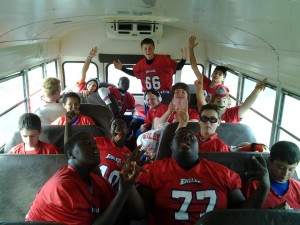
A youth sports program needs somewhere to play, reliably. Waiting until the last minute to book games can result in failing to find a place to play, which will turn off members in the league fairly quickly. Instead, make a list of options in your area, including public and private schools, parks, sports complexes, churches and community centers, and make sure they can accommodate your program consistently.
Read the rest of this entry →
Tags: Youth Sports
Category
Scott Huntington
Posted on
June 21, 2017 by
Adam Rosenbaum
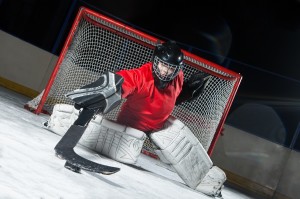 Being a goaltender is a difficult task. You are who people will be pointing to when the game gets out of hand, but also when the game is saved. Pro Stock Hockey outlined some important tips featured in their goalie e-book. Here’s just some of what you’ll find in this e-book:
Being a goaltender is a difficult task. You are who people will be pointing to when the game gets out of hand, but also when the game is saved. Pro Stock Hockey outlined some important tips featured in their goalie e-book. Here’s just some of what you’ll find in this e-book:
Wraparounds
Timing
The most difficult part of facing a wrap around is timing. Timing of when to drop down to the ice, timing the arrival to the post when tracking the puck below the goal line, timing of when to cut off passes or be more aggressive with the stick, etc. Timing is not only relative to what is going on with the puck below the goal line, but it is also directly linked to what is occurring above the goal line. Therefore, there’s a lot to consider for goaltenders. But how does timing affect our overall ability to stop and control the flow of the game?
Control
Ensuring that goalies are capable of controlling the flow of the game is essential so that they are keeping up with the speed of the puck even when it’s below the goal line. Neutralizing passing zones which cause goaltenders to move cross-crease help in this area so that they are limiting the amount of movement and lower the risk of falling behind in their positioning. Read the rest of this entry →
Tags: HockeyYouth Sports
Category
Health & Fitness, Hockey, Pro Stock Hockey, Sports Fitness
Posted on
March 23, 2017 by
Dixie Somers
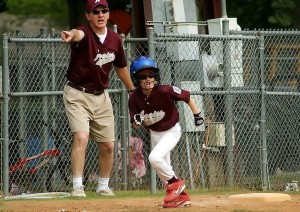 As a coach, it should be your top priority to keep your athletes safe. In fact, it may be a higher priority than trying to win the game. The good news is that there are many steps that you can take to keep your players safe while also putting them in the best position to succeed.
As a coach, it should be your top priority to keep your athletes safe. In fact, it may be a higher priority than trying to win the game. The good news is that there are many steps that you can take to keep your players safe while also putting them in the best position to succeed.
Take a Conservative Approach to the Game
It may be possible to keep injuries to a minimum by taking a conservative approach to the game. For instance, you may want to prevent younger pitchers from throwing pitches involving the use of their elbow. Football coaches may discourage quarterbacks from throwing passes to wide receivers in the middle of the field.
Make Players Wear Optional Safety Equipment
Athletes will do anything for a competitive edge even if it may put their physical health at risk. This means that they may wear smaller pads or even forego pads at all if it slows them down or otherwise hinders their ability to play the game properly. As a coach, you should only play those who wear all required and even optional equipment as well to make sure no one gets hurt. Read the rest of this entry →
Tags: Sports InjuriesYouth Sports
Category
General, Health & Fitness, Outdoor Activities, Sports Medicine
Posted on
May 02, 2016 by
Martin Banks
As the market for youth sports and recreation climbs into the billions, it can be difficult to gauge where you should invest your money. With that mind, we’ve compiled a short list of some of the cheapest as well as the most expensive youth sports options today.
The Cheapest Youth Sports
Basketball
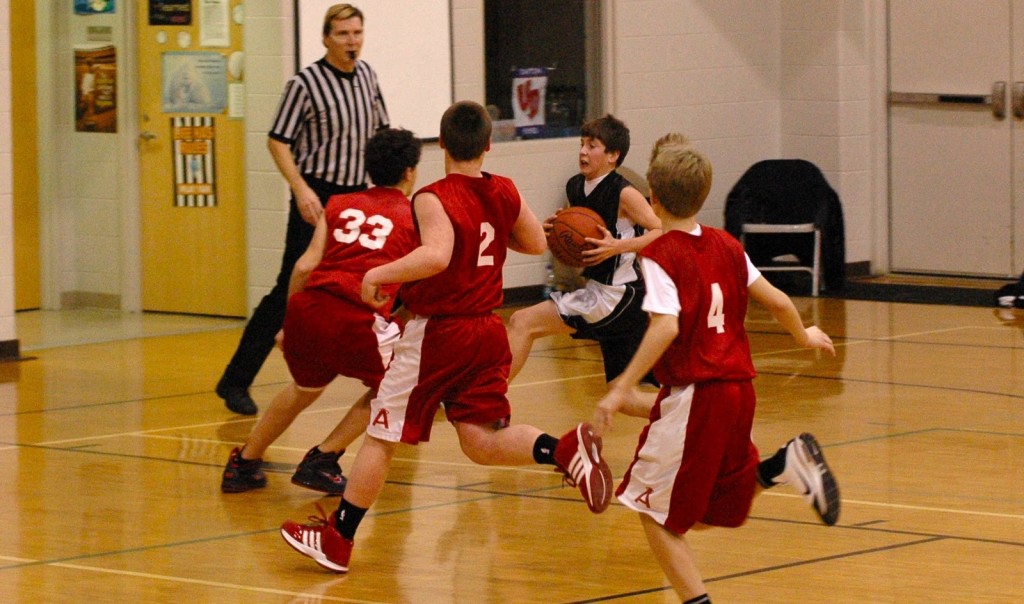
Played in driveways, backyards, neighborhood parks and even in the streets, basketball is a game that can be enjoyed by nearly anyone and at any place. Many middle and high schools offer youth basketball at little or no cost to the parent, and some communities even organize their own leagues that are separate from school-sponsored sports. All you really need is a ball and a hoop and you’re good to go.
Swimming
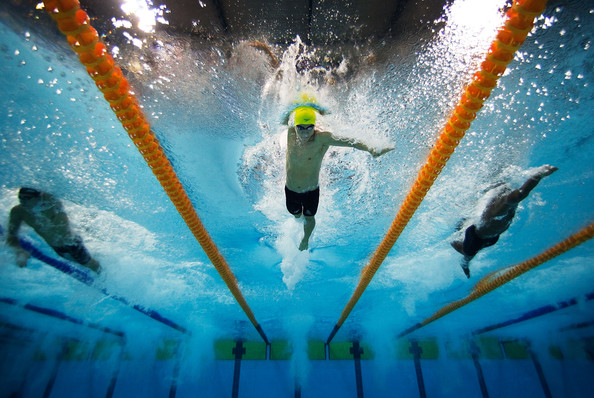
Swimming is another youth sport that is easy and cheap to begin. The act of swimming can be practiced in rivers, lakes and even backyard swimming pools, and many students are exposed to swim class either in middle or high school. If not, memberships to community pools are usually quite affordable. It can only start to get expensive at the competitive level, where you’re paying for an abundance of pool time and starting to take long trips for meets. That can be true of any sport though. Read the rest of this entry →
Tags: cheapestlistmost expensiveYouth Sports
Category
General, Scott Huntington
Posted on
January 09, 2016 by
Brooke Chaplan
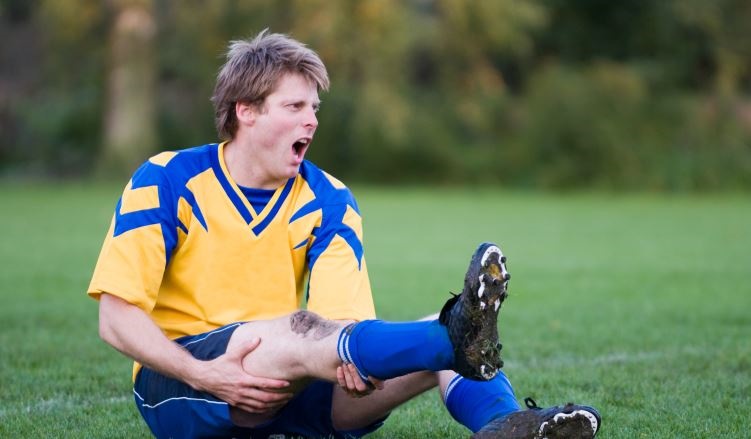 Contact sports, by their very nature, are the most dangerous for kids of any age to engage in. These include football, soccer, and baseball and often incur the most serious injuries in kids. Others sports that commonly lead to injury are cheerleading, roller skating, ice skating, floor and apparatus gymnastics, and trampoline competitive sports.
Contact sports, by their very nature, are the most dangerous for kids of any age to engage in. These include football, soccer, and baseball and often incur the most serious injuries in kids. Others sports that commonly lead to injury are cheerleading, roller skating, ice skating, floor and apparatus gymnastics, and trampoline competitive sports.
Most Common Injuries in Kid’s Contact Sports
According to one of the top brain injury attorneys, for high school and junior league football, one of the most serious injuries is head trauma. Others may include torn ligaments and ACL and MCL separations, spinal injuries, and wrist, ankle and elbow injuries. Some of these sports injuries may also occur in Little League and high school baseball, though less often. In soccer, the common injuries are broken bones, sprains and strains to muscles, and spine and neck problems. About 80% of soccer injuries occur to the feet and legs.
Cheerleading, Gymnastic and Trampoline Injuries
Cheerleading injuries can be serious, depending on the type of acrobatics involved in the routines, and how soon they are treated. Broken arms or legs can often occur during the performance of aerial acrobatics like front and back handsprings, front and back somersaults, and splits from a leaping position, which can also cause strain on the upper thighs and hips. Read the rest of this entry →
Tags: Youth Sports
Category
General, Health & Fitness, Sports Fitness
 Without strong shoulders, it’s tough to excel on the baseball field. Whatever your level now, there’s room for improvement! Use these three baseball workouts to strengthen your shoulders for better fielding, hitting, pitching, and throwing potential.
Without strong shoulders, it’s tough to excel on the baseball field. Whatever your level now, there’s room for improvement! Use these three baseball workouts to strengthen your shoulders for better fielding, hitting, pitching, and throwing potential.




